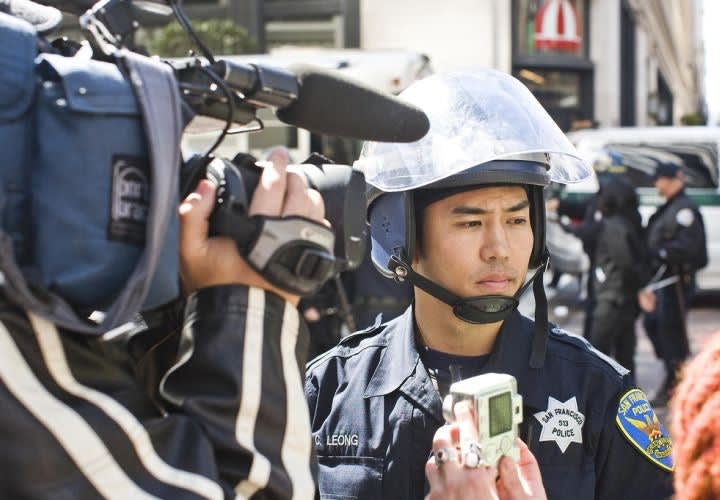There's a fundamental dictum in American law enforcement. It goes something like this: Regardless of whether the subjects an officer contacts are armed, the very presence of the officer brings a deadly weapon to the scene in the form of the officer's duty gun. Therefore, one of the officer's most important tasks is to safeguard his or her sidearm.
That dictum is drilled into you throughout your careers. You hear it in the academy and during in-service defensive tactics classes. There is at least one gun at every incident, it's yours, and you have to protect it.













